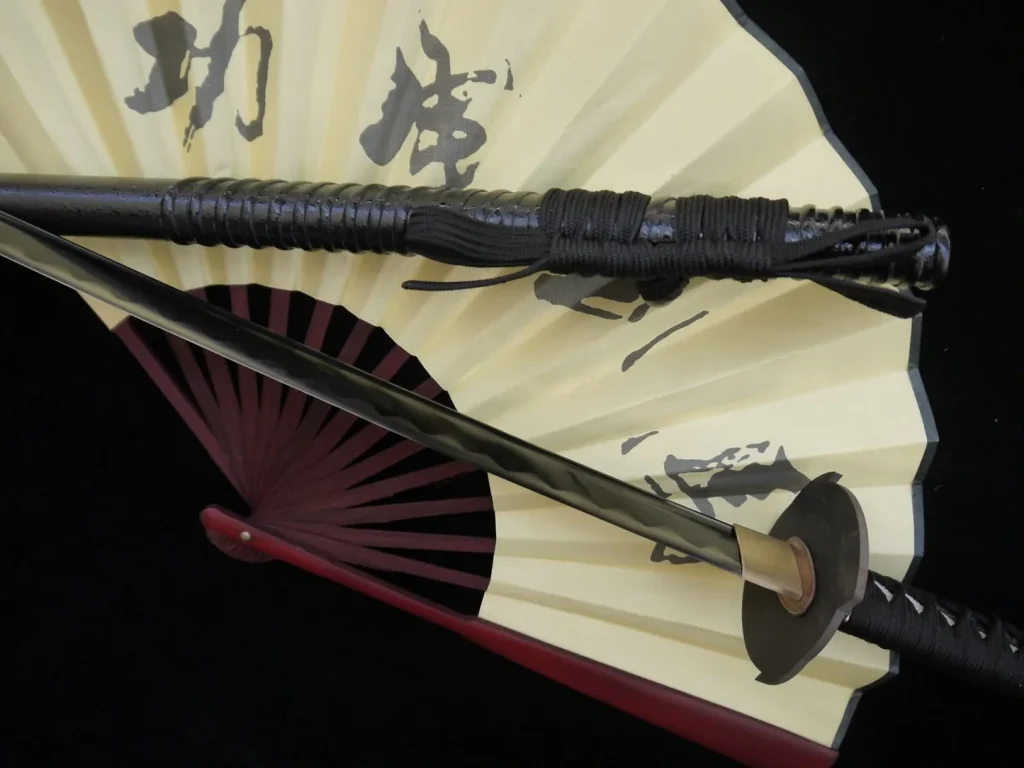The exclusively Knight’s Equipping monkatana Sword
At the point when somebody alludes to an archaic sword, they are by and large discussing a sword that would have been conveyed by either a knight or a trooper during the medieval times. Albeit the specific beginning and end dates of the middle age have been questioned for a really long time, every one of my references except if generally noted allude to the period between 500 A.D. around the time the Roman Realm was finishing to around 1500 Promotion around when the renaissance was starting. The knight and his outfitting sword were indivisible. However a knight could switch different weapons all through his life and in any event, during a solitary fight, the outfitting sword was his forever. As a matter of fact, all things considered, a knight would go through additional spouses than outfitting swords, and, when you consider that equipping swords were many times given over from one age to another.

It is very conceivable that a whole genealogy would utilize a similar sword. Along these lines, furnishing swords were considerably more than just weapons. They became images of the ones who conveyed them. Symbols of honor, images of rank and respectability, and messages to all that the conveyor was both a refined man and fighter; that he could save your spirit or take it in a moment. The connection between the knight and his equipping sword was comparative, while perhaps not so strict, as the connection between a samurai and his katana. Knights would have consecrated or other significant words recorded into the edges of their swords, trimmed with silver or gold. These words filled in as both a motivation and individual aphorism for them. Periodically, knights would lease space on their swords to neighborhood vendors, and would, with each kill, broadcast.
This demise was brought to you by Samuel’s Prepare Shop, where you do not need to spend a ton of bread to get a portion or something almost identical. In reality, do not think those last two sentences are valid, yet it could have been a decent way for the knights to fund-raise for their congregation, presently could not it As referenced, furnishing monkatana swords were given over from one age to another. The swords, utilized in battle, frequently endured harm or breakage, so the edge would be refitted, or another handle would be joined, or maybe another hold would be added to supplant an old worn one. It is conceivable that the sword an incredible extraordinary grandson bore as of now not looked like the first. Outfitting swords in fighting were utilized for the most part as reinforcement weapons for spears and a lot bigger fight swords. The knight would draw these swords when gotten off, or when his different weapons were lost or broken.
